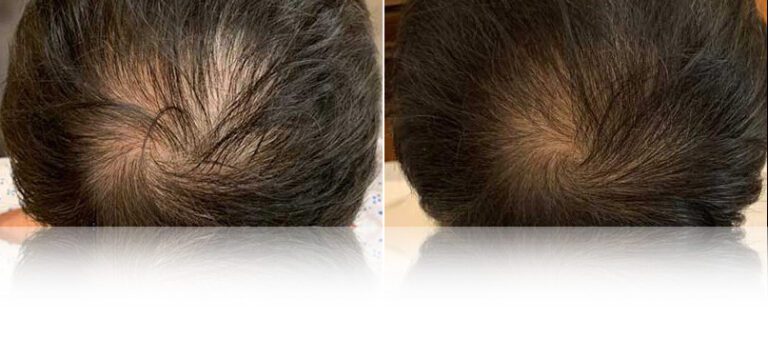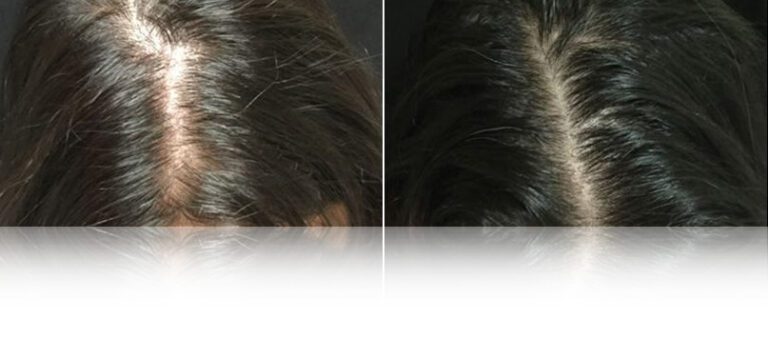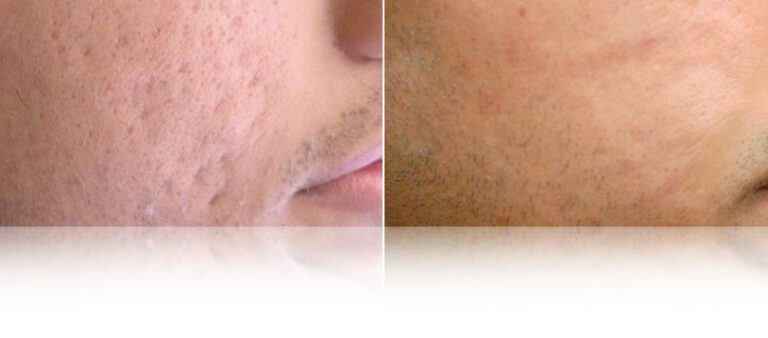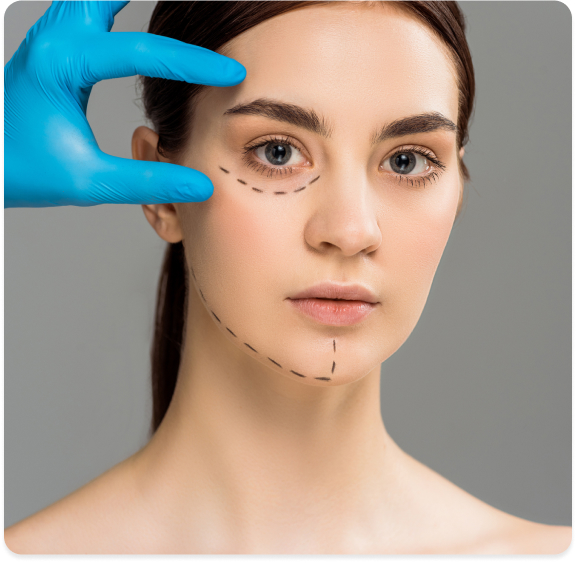Ignite Your Skin’s Innate Healing Power with PRP Therapy
Unveil the magic of natural rejuvenation as your own platelets breathe life into every skin cell
Delve into the world of PRP – a therapeutic marvel that uses the essence of your own platelet-rich plasma to transform your skin from within. It’s more than just a treatment; it’s a symphony of:
About Platelet Rich Plasma (PRP)
During a PRP facial treatment session, a small amount of the patient’s blood is drawn and placed in a centrifuge to separate the PRP. The PRP is then injected into the skin or applied topically in combination with microneedling. Some patients may experience mild discomfort during the procedure, but numbing creams can be used to minimise any pain. The treatment typically lasts about an hour, and most patients can return to their normal activities immediately afterward.
The benefits of PRP facial treatment include improved skin tone, texture, and elasticity, as well as a reduction in fine lines, wrinkles, and acne scars. PRP facial treatments work with the body’s natural healing processes, utilising the patient’s own plasma to stimulate collagen production and cell regeneration. This sets it apart from other facial rejuvenation procedures, which often rely on synthetic fillers or chemical treatments. PRP facial treatments are suitable for those seeking a more natural approach to skin rejuvenation with minimal risk of adverse reactions or complications.
Ideal candidates for PRP facial treatment are individuals seeking to improve their skin’s appearance, reduce visible signs of ageing, or address acne scarring. PRP facial treatment is generally safe for most patients, with few contraindications. However, those with active skin infections, certain medical conditions, or a history of blood clotting disorders should consult with a medical professional before undergoing the treatment. A thorough consultation will help determine if PRP facial treatment is the right option for you.
The number of PRP facial treatment sessions required to achieve optimal results varies depending on the patient’s skin condition and desired outcome. Generally, a series of 3 to 6 sessions spaced 4 to 6 weeks apart is recommended for most patients. The effects of PRP facial treatment can be long-lasting, with noticeable improvements in skin texture and tone lasting up to 18 months or more. To maintain results, periodic touch-up treatments may be recommended.
The number of PRP facial treatment sessions required to achieve optimal results varies depending on the patient’s skin condition and desired outcome. Generally, a series of 3 to 6 sessions spaced 4 to 6 weeks apart is recommended for most patients. The effects of PRP facial treatment can be long-lasting, with noticeable improvements in skin texture and tone lasting up to 18 months or more. To maintain results, periodic touch-up treatments may be recommended.
PRP facial treatments are generally well-tolerated, with few side effects. Some patients may experience temporary redness, swelling, or bruising at the injection sites, which typically subside within a few days. More serious complications, such as infection or allergic reactions, are rare. The recovery process is minimal, with most patients able to resume their normal activities immediately following the treatment. Proper post-treatment care, such as avoiding sun exposure and using gentle skincare products, can help minimise any potential side effects and promote optimal results.
Results from PRP facial treatment may be noticeable within a few weeks, with continued improvements in skin texture and tone occurring over several months as new collagen is produced. The results of PRP facial treatment can be long-lasting and natural-looking, setting it apart from other facial rejuvenation procedures that may require more frequent touch-ups or produce less natural results. By harnessing the body’s own healing capabilities, PRP facial treatment offers a unique and effective approach to skin rejuvenation.
PRP hair treatment works the same way as PRP facial, by harnessing the regenerative potential of platelets, which are specialised blood cells known for their ability to release growth factors and promote tissue healing. To begin the process, a small blood sample is drawn from the patient and centrifuged to separate the platelets and plasma from the rest of the blood components. The resulting platelet-rich plasma is then injected into the scalp’s target areas, where it works to stimulate dormant hair follicles and encourage new hair growth.
The key benefits of PRP hair treatment lie in its natural, non-surgical approach to addressing hair loss. By using the patient’s own blood, the risk of infection or allergic reactions is minimised, ensuring a safer treatment experience. Additionally, PRP therapy promotes thicker, healthier hair growth by targeting the root cause of hair loss – inactive hair follicles – instead of merely masking the issue. This leads to more sustainable results over time, ultimately improving the patient’s self-confidence and quality of life.
The number of PRP hair treatment sessions needed to achieve optimal results varies depending on the individual’s specific hair loss condition, its severity, and their overall response to the treatment. Generally, patients undergo an initial series of 3 to 6 treatments spaced 4 to 6 weeks apart to stimulate hair growth effectively. After the initial series, maintenance treatments are typically recommended every 6 to 12 months to preserve the positive effects.
The duration of PRP hair treatment effects depends on several factors, such as the patient’s age, genetics, hormonal balance, and overall health. While some patients may experience significant improvement after just a few sessions, others may require additional treatments to achieve their desired results. It is essential to consult with a qualified medical professional to develop a personalised treatment plan tailored to your specific needs.



Revel in stimulated collagen synthesis and cellular rejuvenation, all orchestrated by PRP’s autologous treatment.
Immerse in the glow of healthier, revitalized skin, all thanks to PRP’s inherent healing rhythm.
Reawaken to a fresher, more luminous appearance as PRP showcases its regenerative prowess.
PRP Therapy
Single Treatment - £450
Course of 3 - £1150
I’ve been going to this clinic for a few years now and I just love it! It is very fancy but affordable. The staff are lovely! The manager, Christina is an angel from heaven.
Rachel Christina

I had the pleasure of visiting Nova for a skin consultation to understand more about my skin. They thoroughly discussed various options/treatments to enhance the condition of my skin.
Maryann D

Great experience with Dr Simmonds! I travel all the way from Essex to Greenwich, because the staff at Nova clinic are highly skilled and professional.
Leonie Lombard

A fantastic clinic; the environment is inviting and the staff are friendly, polite and knowledgable.
Julia

Thank you again for your high quality expertise & gentleness. Always a pleasure to come to Nova.
Tomris


I’ve been going to this clinic for a few years now and I just love it! It is very fancy but affordable. The staff are lovely! The manager, Christina is an angel from heaven.
Rachel Christina

I had the pleasure of visiting Nova for a skin consultation to understand more about my skin. They thoroughly discussed various options/treatments to enhance the condition of my skin.
Maryann D

Great experience with Dr Simmonds! I travel all the way from Essex to Greenwich, because the staff at Nova clinic are highly skilled and professional.
Leonie Lombard

A fantastic clinic; the environment is inviting and the staff are friendly, polite and knowledgable.
Julia

Thank you again for your high quality expertise & gentleness. Always a pleasure to come to Nova.
Tomris



Let us know if you have any questions.
Nova Aesthetic @ 2024
2024 – Powered by Fast Digital